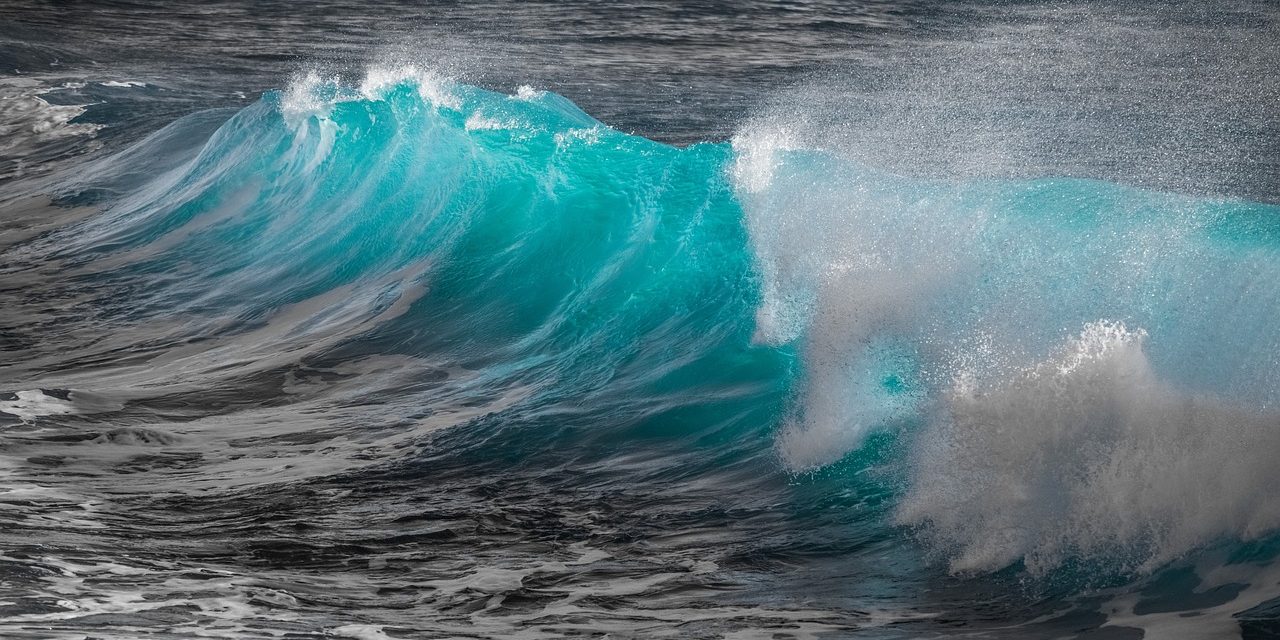In the vast expanse of the ocean, mysteries abound, hidden beneath layers of water and darkness. For centuries, humanity has been drawn to the secrets lying beneath the waves, driven by curiosity and the desire to uncover the unknown. In this quest for discovery, technology has played a pivotal role, none more so than side scan sonar.
A Brief History:
The roots of side scan sonar technology can be traced back to the early 20th century, with the development of basic sonar systems for submarine detection during World War I. However, it wasn’t until the latter half of the 20th century that side scan sonar as we know it today began to take shape.
The first commercially available side scan sonar systems emerged in the 1960s and 1970s, primarily used for marine research and underwater exploration. These early systems were bulky and limited in their capabilities, but they laid the groundwork for the advanced technology that would follow in the decades to come.
How It Works:
At its core, side scan sonar operates on a simple principle: sound waves are emitted into the water and bounce off objects on the seabed, creating echoes that are detected and analyzed to generate images. However, the devil is in the details.
Modern side scan sonar systems typically consist of a towfish, which is towed behind a vessel, and a series of transducers that emit sound waves into the water. These sound waves fan out in a cone-shaped pattern, covering a wide area of the seafloor. As the towfish moves through the water, the transducers continuously emit pulses of sound, which are reflected back to the sensors upon encountering objects or features on the seabed.
The returning sound waves are then converted into electrical signals and processed to create detailed images of the seafloor. These images provide valuable information about the topography, composition, and features of the underwater environment, enabling scientists, researchers, and explorers to explore and map the ocean depths with unprecedented clarity and precision.
Applications Beyond Exploration:
While side scan sonar is perhaps best known for its role in marine research and underwater exploration, its applications extend far beyond the realm of discovery. From maritime security and defence to environmental monitoring and resource management, side scan sonar technology plays a vital role in a wide range of industries and scientific disciplines.
In the field of maritime security and defence, side scan sonar is used for mine detection, underwater surveillance, and anti-submarine warfare. Its ability to detect submerged objects and anomalies makes it an invaluable tool for safeguarding coastal waters and maritime borders.
In the realm of environmental monitoring and resource management, side scan sonar is used to survey and map underwater habitats, track changes over time, and assess the health of marine ecosystems. By providing detailed insights into underwater environments, side scan sonar helps researchers and policymakers make informed decisions about conservation and sustainable resource management.
Looking Ahead:
As technology continues to evolve, the future of side scan sonar holds promise for even greater advancements in underwater exploration and discovery. Innovations such as synthetic aperture sonar, autonomous underwater vehicles, and machine learning algorithms are pushing the boundaries of what is possible in underwater imaging and analysis.
From unlocking the mysteries of the deep sea to protecting our oceans and maritime interests, side scan sonar technology continues to play a vital role in expanding our understanding of the underwater world. As we embark on new frontiers of exploration, side scan sonar will undoubtedly remain at the forefront of our efforts to explore and preserve the wonders of the ocean depths.

















